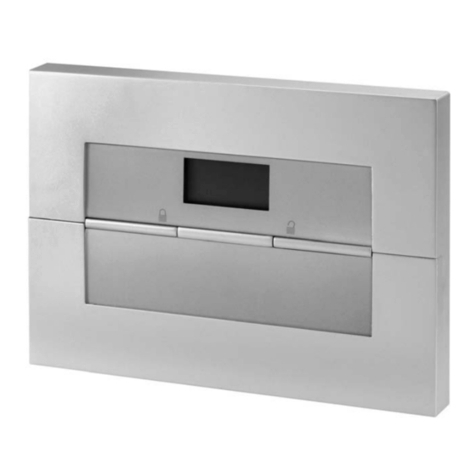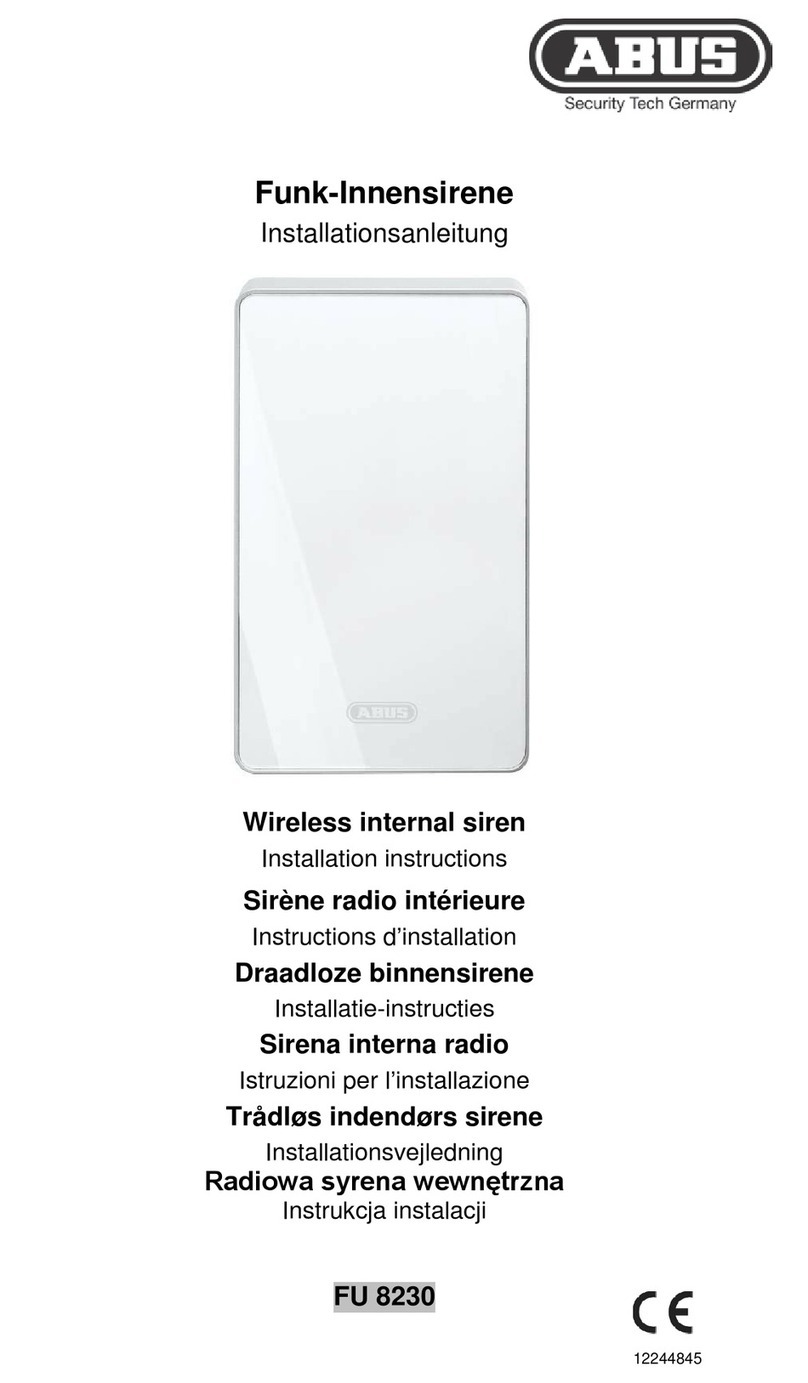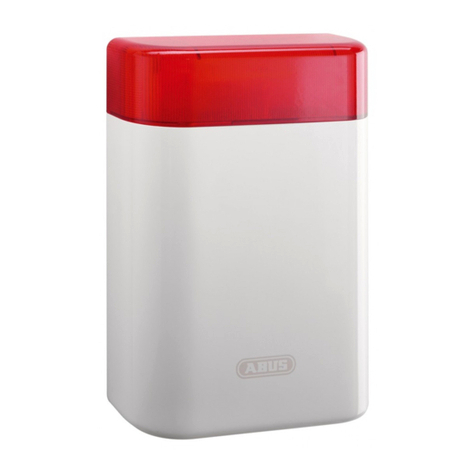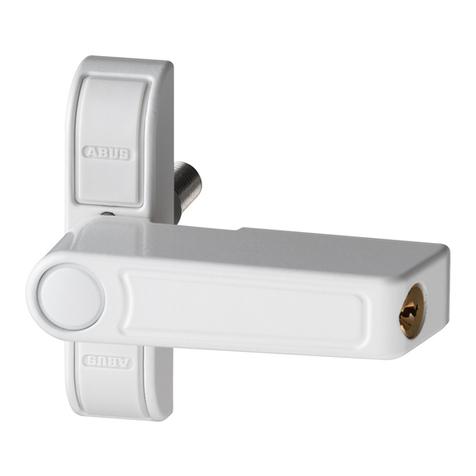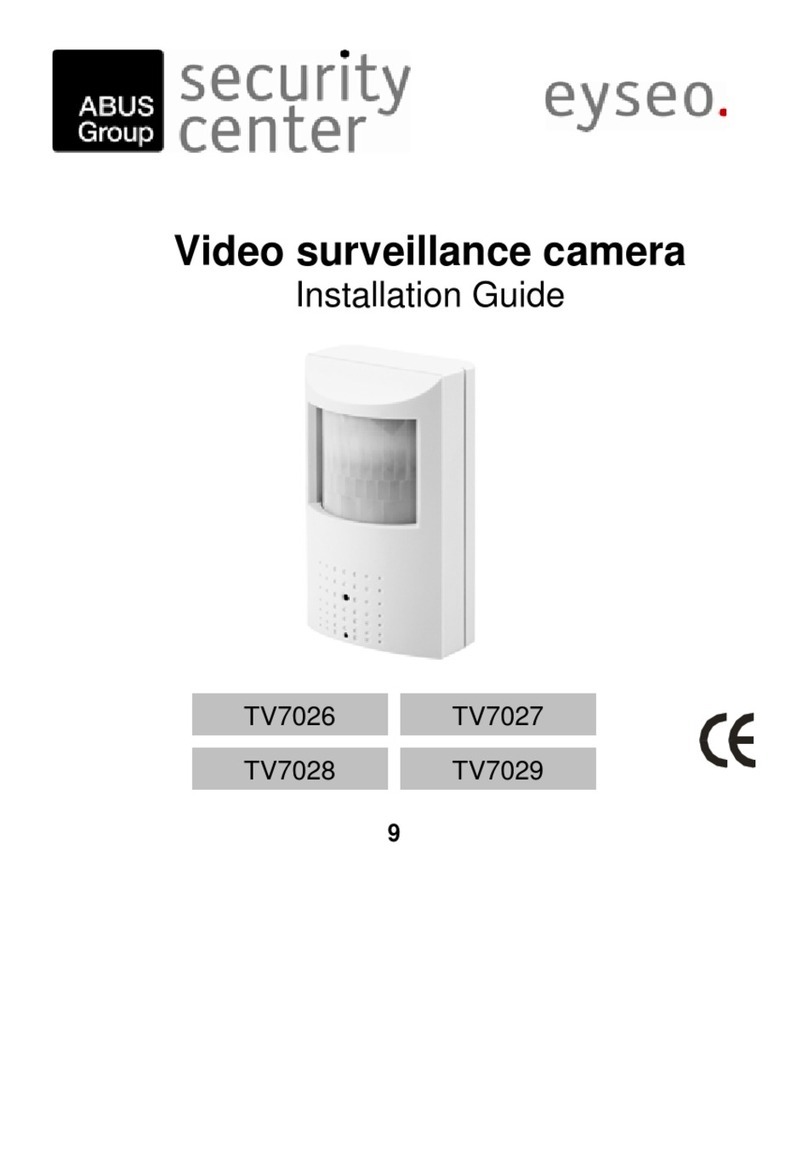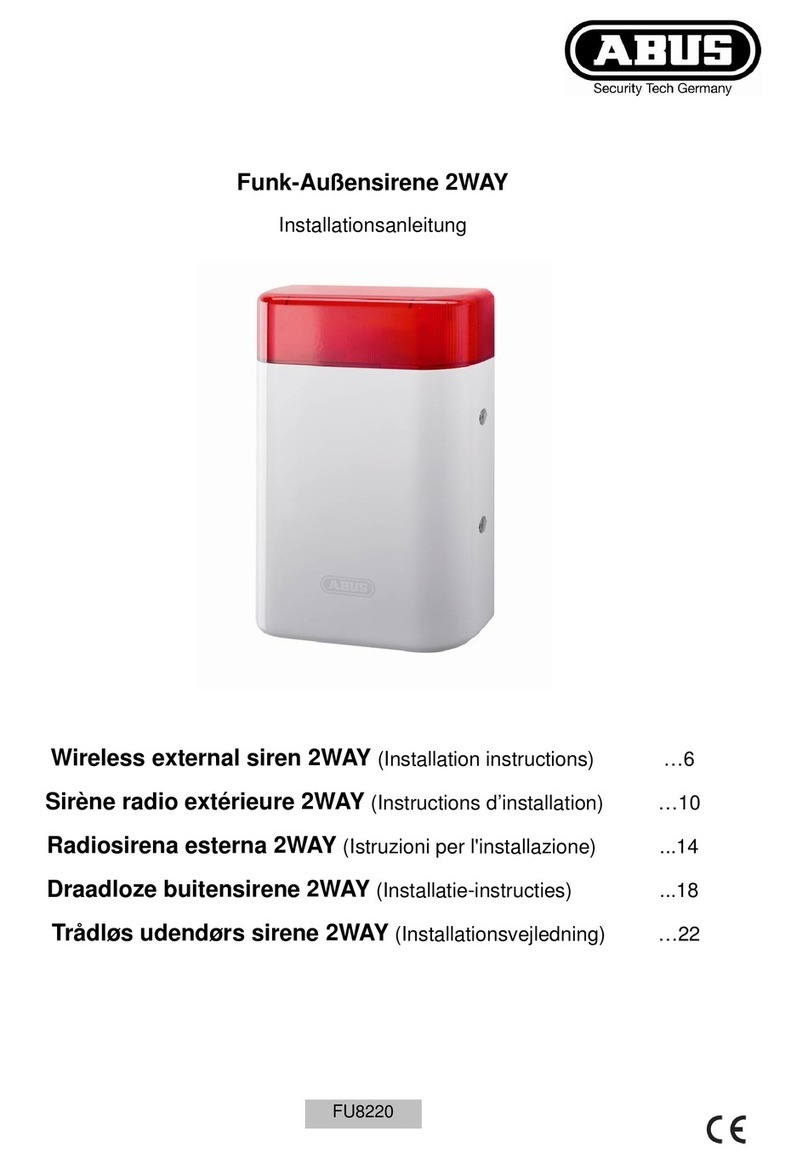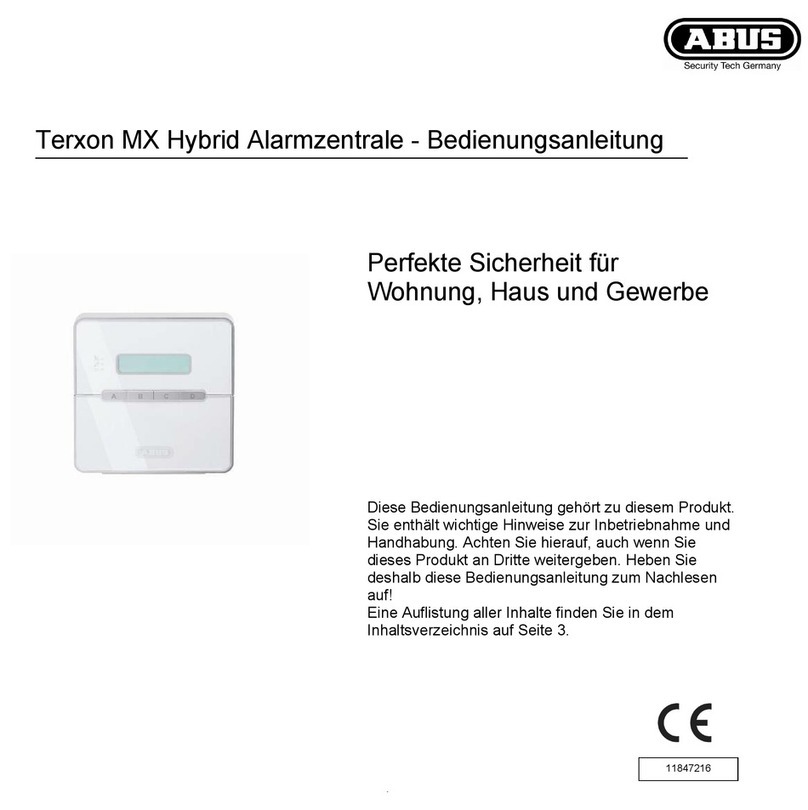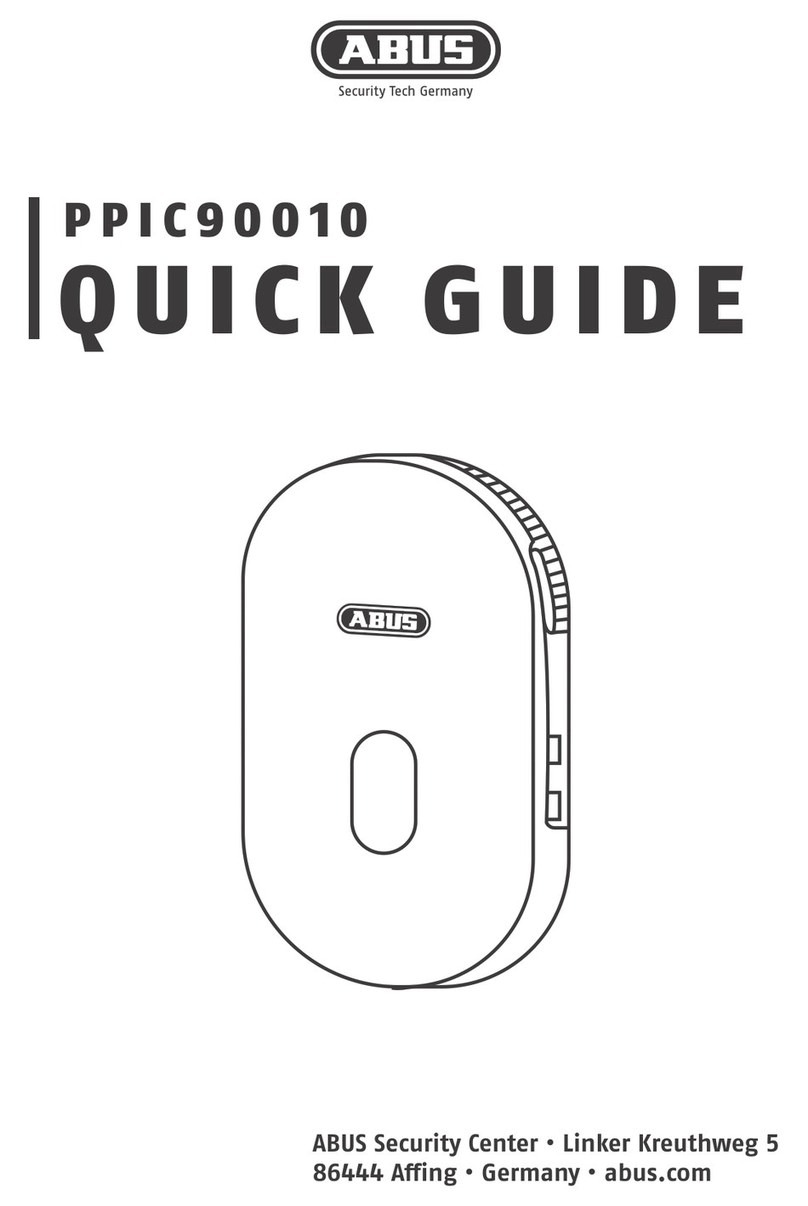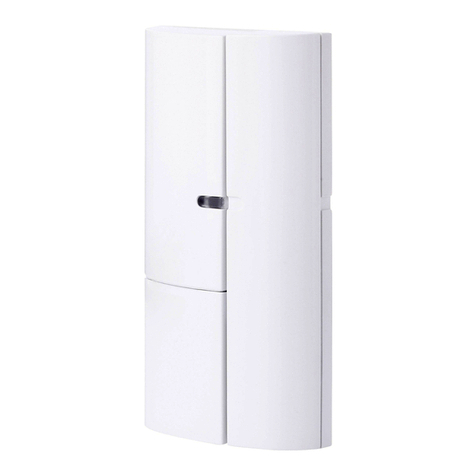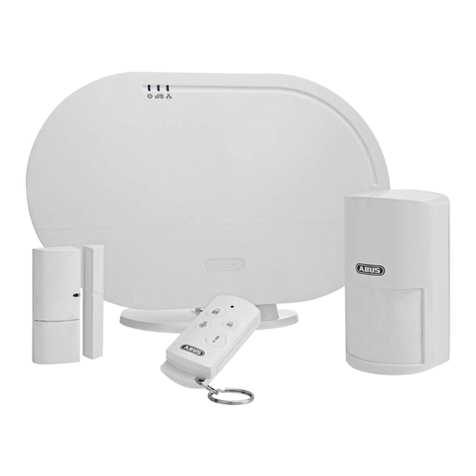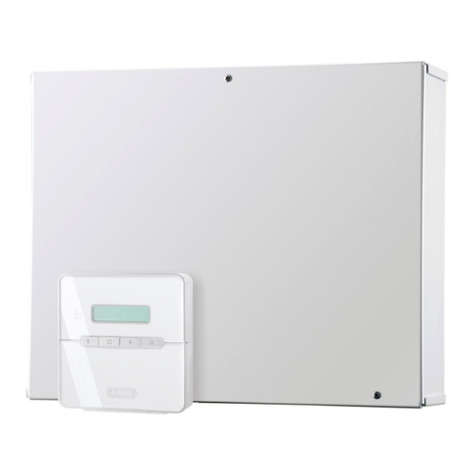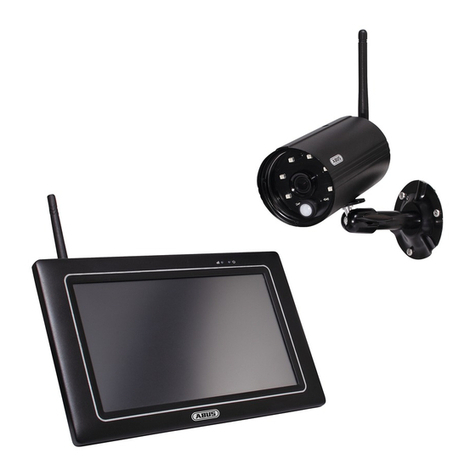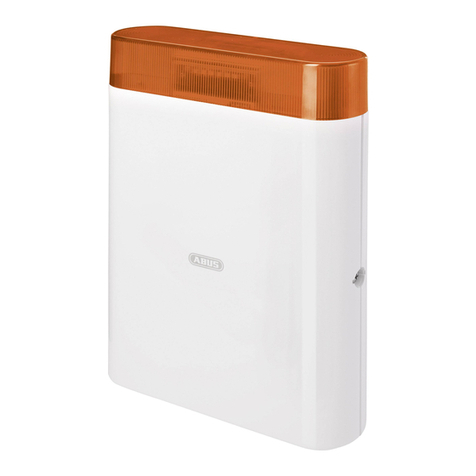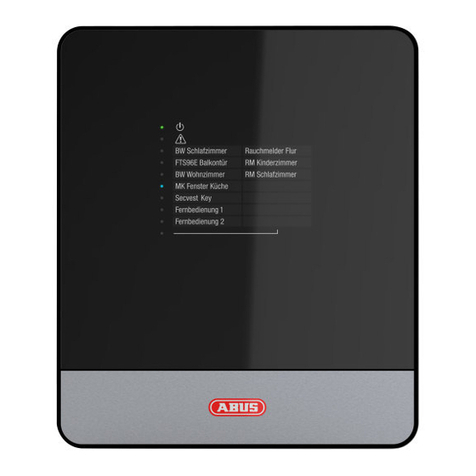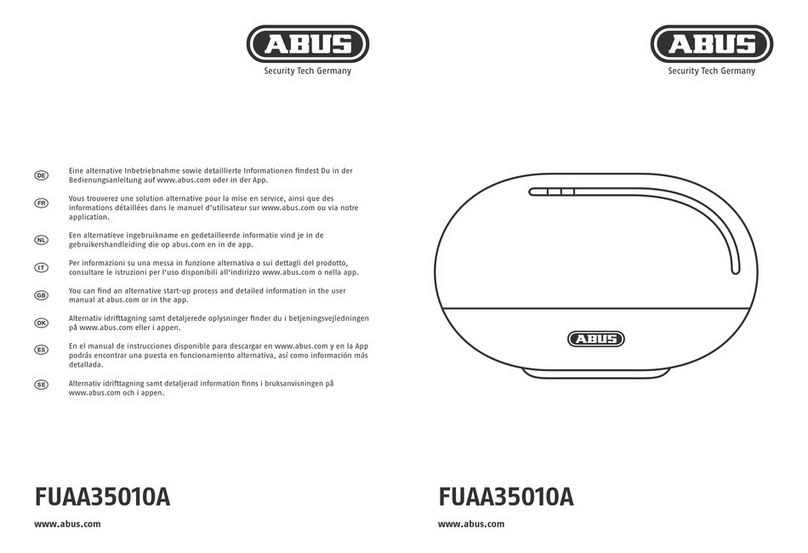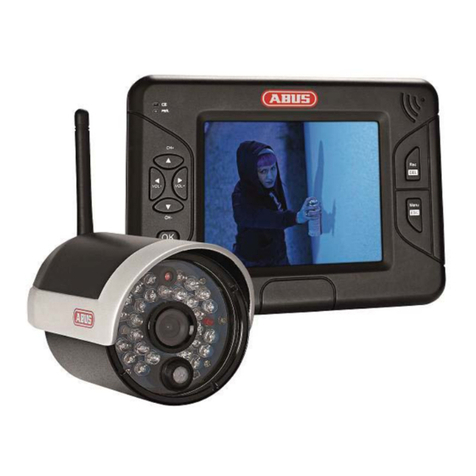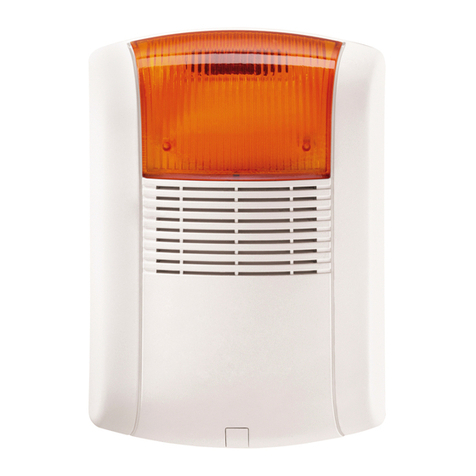Chapter 1 Contents
Chapter 1 Contents................................................................................................................................................................................ 1-3
Chapter 2 Software installation .............................................................................................................................................................. 2-4
Chapter 3 Overview of the software menu options ................................................................................................................................ 3-5
3.1 The Upload/Download window ..................................................................................................................................................... 3-5
Chapter 4 Creating a new client............................................................................................................................................................. 4-6
Chapter 5 Connecting to the client ......................................................................................................................................................... 5-6
Chapter 6 Panel status .......................................................................................................................................................................... 6-7
Chapter 7 Installer menu........................................................................................................................................................................ 7-8
7.1 System parameters ...................................................................................................................................................................... 7-8
7.2 Devices......................................................................................................................................................................................... 7-9
7.3 Zone parameters .......................................................................................................................................................................... 7-9
7.4 Utility outputs .............................................................................................................................................................................. 7-10
7.5 WL button ................................................................................................................................................................................... 7-10
7.6 Follow Me ................................................................................................................................................................................... 7-11
Chapter 8 End-user menu.................................................................................................................................................................... 8-12
8.1 Scheduling.................................................................................................................................................................................. 8-12
8.2 User settings .............................................................................................................................................................................. 8-13
8.3 User operations .......................................................................................................................................................................... 8-14
Chapter 9 Comm.................................................................................................................................................................................. 9-14
Chapter 10 Eventlog .......................................................................................................................................................................... 10-14
